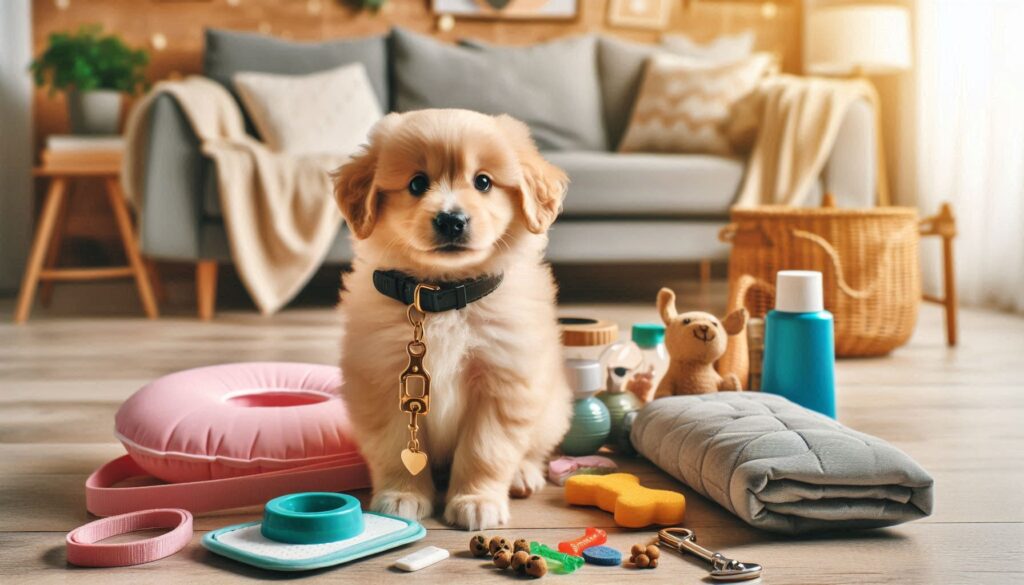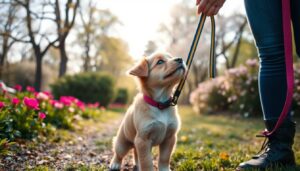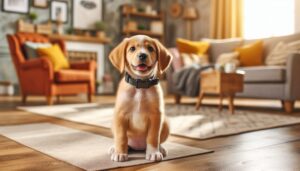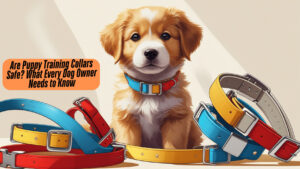1. Understanding the Importance of Accessories in Puppy Training
1.1 The Role of Tools in Effective Puppy Training
When it comes to training your puppy, having the right tools can make all the difference. Just like how a painter relies on the right brushes and colors, puppy owners benefit from accessories that facilitate effective learning. These tools can help guide your puppy through commands and behaviors in a way that’s easy for them to understand.
1.2 Creating a Comfortable Learning Environment
Accessories aren’t just about training; they also create a safe and comfortable environment for your puppy. A well-chosen crate or comfortable leash can reduce anxiety and make your pup feel secure, allowing them to focus better on learning new skills without distractions.
1.3 Building Trust and Communication with Your Puppy
Using accessories appropriately fosters a trusting relationship. Tools like gentle collars and soft leashes allow you to communicate with your puppy in a positive manner, reinforcing the bond between you both. This trust encourages your puppy to be more open during training sessions.
2. Essential Puppy Training Tools Every Puppy Owner Should Have
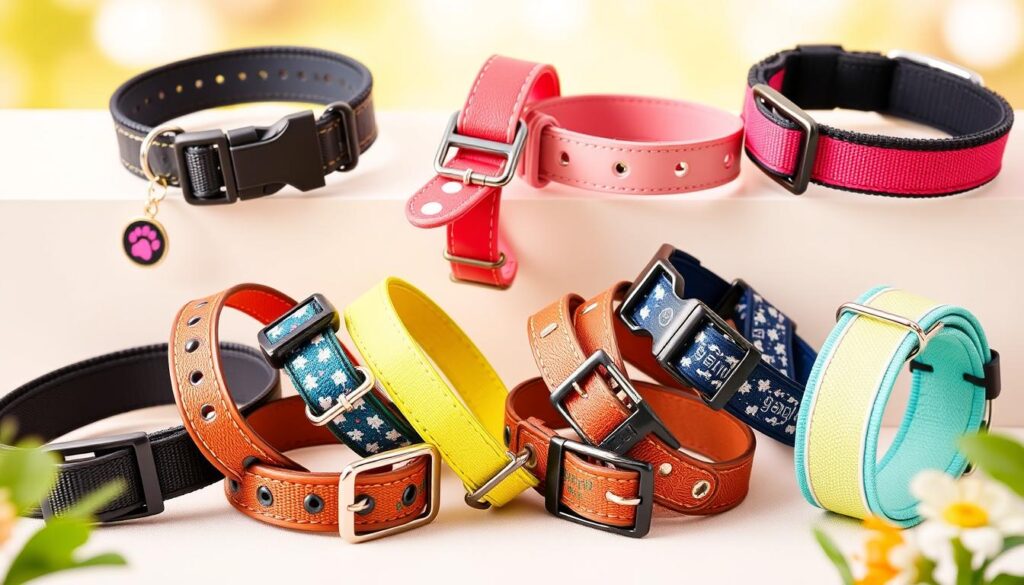
2.1 Collars and Leashes: Selecting the Right Fit
Choosing the right collar and leash is crucial. A comfortable collar should fit snugly but not too tight; you should be able to slip two fingers under it. A lightweight leash is essential for controlling your puppy during walks and training. Consider options like a harness, especially for breeds prone to pulling.
2.2 Crates and Gates: Safe Spaces for Learning
Crates provide a secure space where puppies can unwind, making it easier for them to learn commands and routines. Choose a crate that’s not too big, as you want your puppy to feel snug. Gates can help block off areas of your home, creating safe zones for training and preventing distractions.
2.3 Training Treats: The Key to Positive Reinforcement
Training treats are a vital accessory. Opt for small, tasty morsels that your puppy loves to keep their attention focused. A diverse selection of treats can also help you find what truly motivates your pup. Remember, consistent rewards foster positive behaviors, reinforcing their learning.
3. Interactive Accessories to Enhance Learning
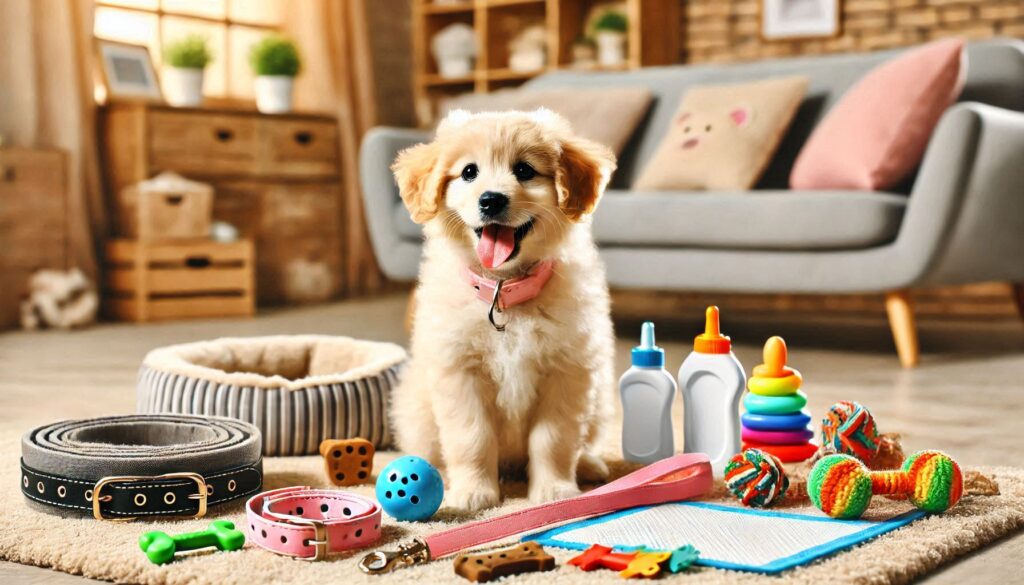
3.1 Puzzle Toys: Stimulating the Mind During Puppy Training
Investing in interactive toys like puzzle feeders can be a fun way to enhance your puppy’s cognitive skills. These toys challenge your pup, keeping them mentally engaged, which is just as important as physical training.
3.2 Clickers: The Value of Clear Communication
Clicker training is an effective method for providing immediate feedback. A clicker makes a distinct sound that your puppy can learn to associate with positive behavior, helping clarify which action they’re being rewarded for. It can bridge the gap when verbal commands just aren’t enough.
3.3 Training Pads: Managing Puppy Needs Indoors
For those times when outdoor access isn’t available, training pads are invaluable. They can teach your puppy where it’s appropriate to go and can be especially useful during those early months. Place them strategically to encourage use, gradually moving them closer to an outside door.
4. Specialized Gear for Different Breeds and Sizes
4.1 Collar Variations Based on Breed Size
Different breeds come with different needs. For tiny breeds, opt for lightweight collars that won’t strain their necks. Larger breeds may require sturdier options that can handle their size and strength, ensuring safety during walks.
4.2 Adjusting Accessories for Behavioral Needs
Take time to observe your puppy’s behavior. If they tend to pull, a front-clip harness can help manage this. For those prone to anxiety, a calming coat or vest can provide a sense of security during training or outings.
4.3 Equipment for Training Senior or Rescue Puppies
Older dogs or rescue puppies might have unique challenges. Look for equipment that accommodates their needs, like slower-paced training tools or supportive harnesses. Be gentle and patient, adapting your approach to suit their comfort levels.
5. Tips for Using Accessories Effectively During Puppy Training Sessions
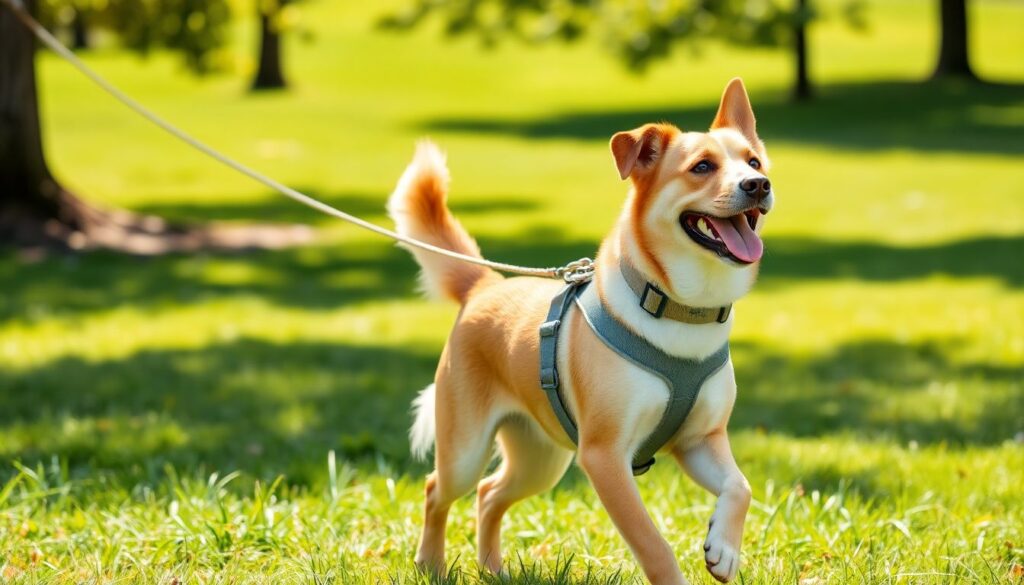
5.1 Timing and Consistency with Rewards
Remember that timing is key! Offering treats or praise immediately after a desired behavior helps your puppy connect the dots. Consistency is equally important; always reward the same behavior in the same way to solidify learning.
5.2 Safety Considerations When Using Puppy Training Tools
Always prioritize safety. Check that collars, leashes, and crates are in good condition and appropriate for your puppy’s size. Be cautious of sudden jerks on the leash that can hurt your pup, and never leave your puppy unattended in a crate for extended periods.
5.3 Adapting Accessory Usage as Your Puppy Grows
As your puppy develops, their training needs will change. Gradually transition them to different tools, from a basic collar to a more sophisticated training harness. Stay attuned to their growth and adjust accessories accordingly to ensure continued success.
Conclusion
- Summary of Key Points on Accessories and Puppy Training: Accessories play a vital role in puppy training by creating a comfortable learning environment, fostering communication, and enhancing effectiveness.
- The Importance of Patience and Persistence in Training: Remember, training a puppy requires patience and consistency. With the right tools and a loving approach, you’ll nurture a friendly and obedient companion.
FAQs
- What are the most important accessories for beginner puppy training?
- Essential accessories include a comfortable collar, a sturdy leash, training treats, and a safe crate.
- How do I choose the right collar and leash for my puppy?
- Select a collar that fits well and a leash that provides enough control without being too heavy for your puppy’s size.
- Can I train my puppy without any special accessories?
- While you can train without them, tools like treats and leashes simplify the process and enhance your puppy’s learning experience.
- When should I start using interactive toys in Puppy Training?
- Interactive toys can be introduced early on, especially once your puppy begins to master basic commands and requires mental stimulation.
- How do I maintain safety while using training tools?
- Regularly inspect all accessories for wear and tear, choose appropriate sizes, and supervise your puppy during training sessions.
